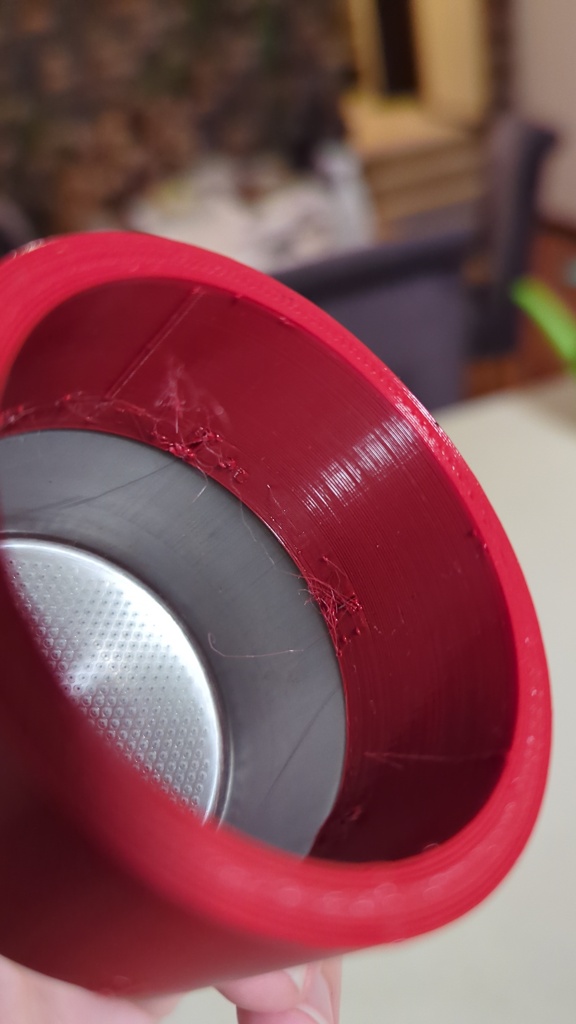3DPrinting
3DPrinting is a place where makers of all skill levels and walks of life can learn about and discuss 3D printing and development of 3D printed parts and devices.
The r/functionalprint community is now located at: [email protected] or [email protected]
There are CAD communities available at: [email protected] or [email protected]
Rules
-
No bigotry - including racism, sexism, ableism, homophobia, transphobia, or xenophobia. Code of Conduct.
-
Be respectful, especially when disagreeing. Everyone should feel welcome here.
-
No porn (NSFW prints are acceptable but must be marked NSFW)
-
No Ads / Spamming / Guerrilla Marketing
-
Do not create links to reddit
-
If you see an issue please flag it
-
No guns
-
No injury gore posts
If you need an easy way to host pictures, https://catbox.moe may be an option. Be ethical about what you post and donate if you are able or use this a lot. It is just an individual hosting content, not a company. The image embedding syntax for Lemmy is 
Moderation policy: Light, mostly invisible
view the rest of the comments


Yes, absolutely. Coffee grounds rubbing up against rough 3d printed plastic is going to act like little grinders pulling off bits of of plastic directly into the grounds.
Not to say that we all haven’t already lost the microplastics speed run. I am concerned about the things you listed, but yeah, I wouldn’t want anything 3d prone to be so close to so many small hard moving pieces of food.
3d printed plastic isn't much worse than other plastic. The grinds aren't under any force.
Have a look at a printed part under SEM and you'll see it's quite smooth and cohesive. Coffee grounds are light and fluffy, they don't grind plastic.
I think you're not basing this on any scientific investigation.
To each their own I suppose